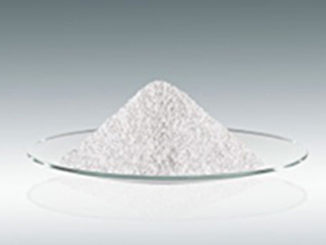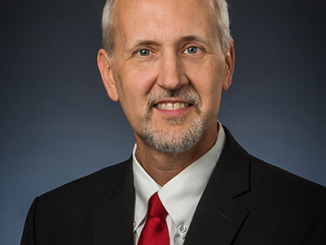
Scientists at DOE’s Ames Laboratory have created a new magnetic alloy that may be a lower-cost potential replacement for high-performance permanent magnets found in wind turbines and car engines. The alloy eliminates the use of one of the scarcest and costliest rare earth elements, dysprosium, and instead uses cerium, the most abundant rare earth.
The result, an alloy of neodymium, iron and boron co-doped with cerium and cobalt, is a less expensive material with properties that are competitive with traditional sintered magnets containing dysprosium.
“This is quite exciting result; we found that this material works better than anything out there at temperatures above 150°C,” said Ames Laboratory scientist Karl A. Gschneidner. “It’s an important consideration for high-temperature applications.”



